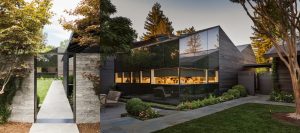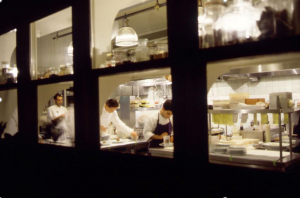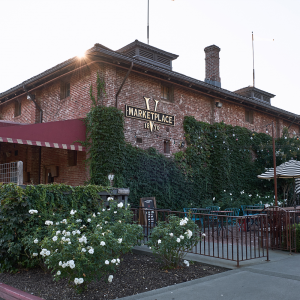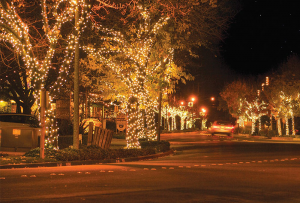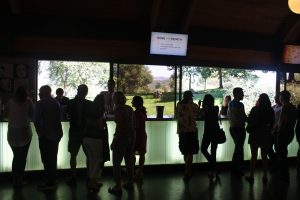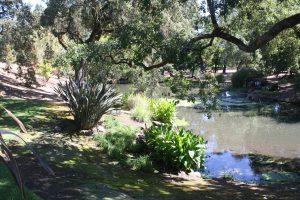This is the first in what will be an irregular series on wine snobbery and how to avoid it.
There is a difference between being a wine snob and being a wine lover. Many people enjoy just a glass wine or two with dinner. Some of them (and you are one if you are reading Power Tasting) get pleasure from reading about wine, travelling to Wine Country to taste wine and talk about wine with their friends. Wine snobs do all those things too but the essence of their snobbery is that they want to be and be seen to be superior in their wine knowledge compared with their friends. Worse yet, for those of us who appreciate wine tasting, is that they also like to lord it over total strangers standing next to them in winery’s tasting room. You don’t want to be one of those people.
Courtesy of theguardian.com
Before we can talk about how NOT to be a wine snob, we ought to have an understanding of what typifies such a person. This becomes problematic, because there are certain things that all wine lovers do that might be considered snobbery by those who only occasionally get involved with wine. So it makes sense to consider the things that might be seen as snobbish by some people, but which we think are acceptable.
- The way you handle your glass. It’s all right to hold your glass by the stem, not the bowl. In fact it’s the correct way and you should do so. Let’s go a few steps further: You should swirl the wine in your glass and you should smell before you sip. If the uninitiated think you’re being snobbish by doing these things, they’ll just have to live with it. Give them time; they’ll learn.
- Showing tempered enthusiasm for wines you like. You can say, “Gee, I really liked that Pinot. It’s powerful but not overwhelming”. Going on and on is just rudeness. Snobbery is to say, “Ah yes, it reminds me of the ’05 Pommard I tasted last season when I was in Burgundy”.
- Pouring out wine. There are two reasons you might discard some wine. The first and most obvious is that you don’t like it. The other is that you’re being conscious of the alcohol you’re taking on. Either way, if you’re discreet and just move on to the next, that’s acceptable. Some folks who are new to wine tasting think it’s incumbent on them to finish every drop. It’s not. Snobs make a show of their displeasure.
- Asking to compare two similar wines side by side. At a winery renowned, say, for their Cabernet Sauvignons, it’s not only acceptable but downright sensible to taste them in parallel rather than serially. The server doesn’t care and you get a better sense of what that winery is doing. Even – no, especially – a wine tasting beginner will benefit from tasting wine this way. As long as the wine is sipped and not guzzled, it gives anyone a chance to become a knowledgeable taster, not a snob.

